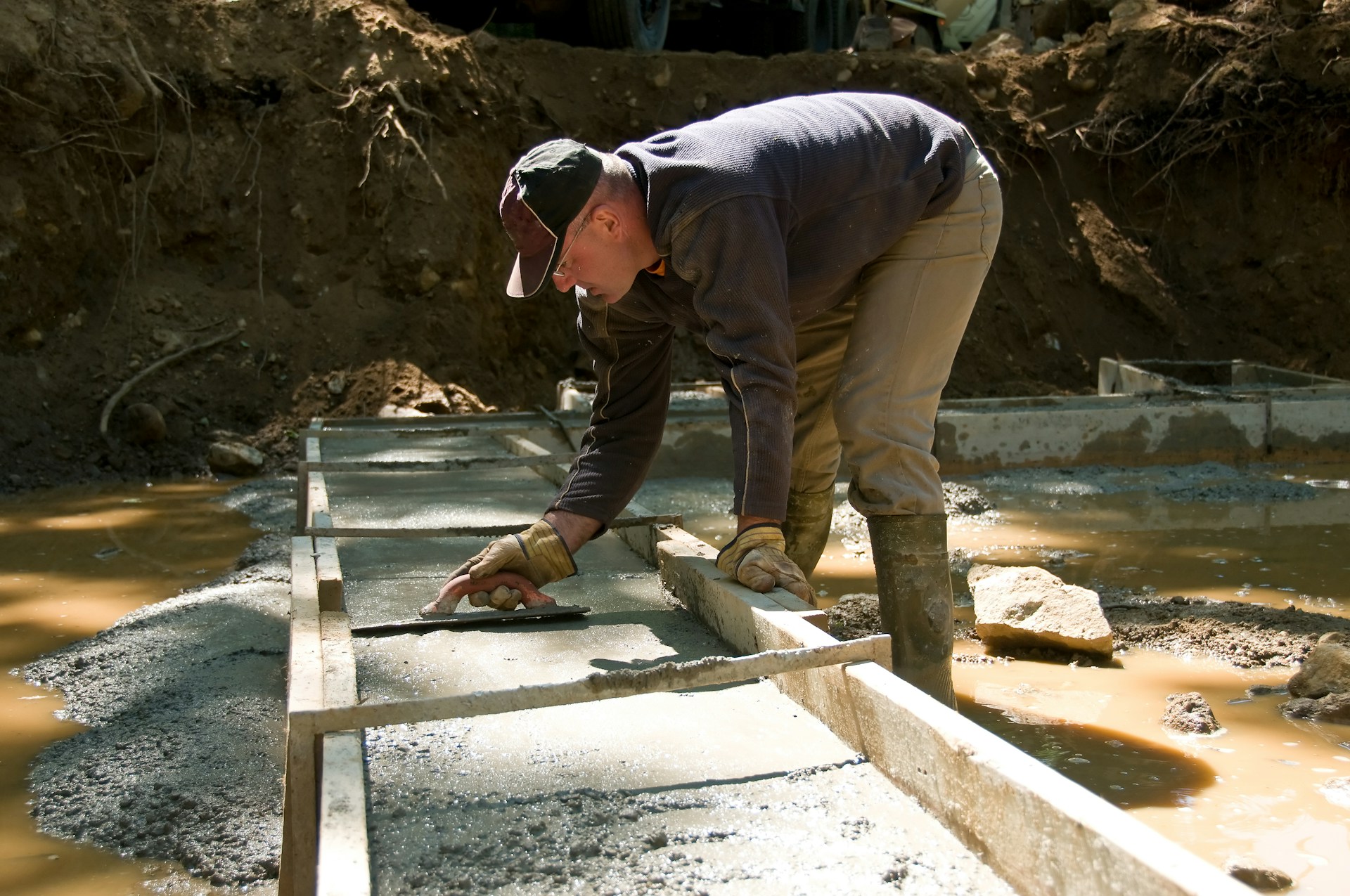Know the Law & Learn Your Insurance Claims
In Florida, insurance companies are required to provide homeowners insurance coverage that includes damage from “catastrophic ground cover collapse.” They are also required to offer sinkhole damage coverage as an option, and it generally appears in a rider that comes at an additional cost. The insurance law defines catastrophic ground cover collapse in a different way than it defines a sinkhole.
Catastrophic Ground Cover Collapse
By Florida law, four conditions must be met for Florida homeowner’s insurance to cover damage (building and contents) from catastrophic ground cover collapse:
The sinking of the top layer of soil must occur abruptly. A depression in the ground cover must be clearly visible without the aid of instruments. There must be structural damage to the home, including the foundation itself. A government agency must condemn and evacuate the structure.
Settling or cracking of a structure does not automatically trigger coverage for catastrophic ground cover collapse.
Damage from a sinkhole that meets all the above conditions should be included in coverage for a catastrophic ground cover collapse. Damage from a sinkhole that does not meet the above conditions will not be covered, unless sinkhole coverage has been purchased separately.
Changes in Florida Insurance Law
In most states, coverage for home damage due to earth movement is not required. Only Tennessee and Florida require certain kinds of coverage for earth movement. Until 2007, sinkhole insurance coverage in Florida was very broad. In 2007, the Florida legislature passed Florida Statute 627.706, which requires insurance companies to provide all homeowners with coverage only for catastrophic ground cover collapse. Broader coverage for less severe damage from sinkholes was changed to an optional coverage (which would cost more).
Sinkhole claims tripled between 2007 and 2011, according to the Tampa Bay Times. There was not a clearly defined threshold for what structural damage was covered. Insurance companies faced major losses. In 2011, the legislature passed Florida Senate Bill 408, narrowing the scope of qualifying damage. Also, money paid for claims then had to be used to repair the property. Other provisions under the current law also include the following:
- A sinkhole loss must include structural damage that includes the foundation.
- Structural damage must involve foundation movement that exceeds an acceptable variance in the building code, and it must cause the structural systems to be unable to support the loads they were designed for.
- There is a 2-year limit for filing sinkhole damage claims.
- Homeowners who accept a rebate from a contractor after filing a claim risk having their sinkhole insurance voided and having to repay the rebate.
Time limits for testing by the policyholder, signing of repair contracts, and repair completion were established.
Insurance law in Florida states that a sinkhole claim must be paid only if there is structural damage that includes damage to the foundation, and it must exceed a certain variance in the building code. It must also cause the structural system to be unable to support the load or weight it was designed to support. A sinkhole claim must be filed within two years of the damage. There are other time limits on the steps of the process.
The Insurer’s Initial Responsibilities
An insurer has certain obligations to a homeowner that holds a policy and reports they may have a loss due to sinkhole activity.
- The insurance company must inspect the premises to determine if there is structural damage that might be caused by a sinkhole.
- If there is structural damage, the insurance company must hire and pay for a professional engineer or professional geologist to test the site and determine the cause of structural damage “within a reasonable professional probability.” If the loss is covered, the insurance company must issue a report to the homeowner.
- The insurer must provide the homeowner with a disclosure of what caused the damage (if determined) and what circumstances require the insurance company to hire a professional to make recommendations regarding stabilizing the land and building and repairing the foundation.
- The insurer must also disclose the homeowner’s right to request professional testing, at what points the homeowner has that right, and the circumstances when the homeowner must incur the costs for professional testing.
The Homeowner’s Right to Geological Testing
If the insurance company decides there is no loss due to a sinkhole, they may deny the claim. If the policyholder has sinkhole coverage, and the claim is denied, then the policyholder may demand testing, if they do so in writing within 60 days of the denial of the claim. In this case, the homeowner pays 50% of the lesser of the cost of the professional testing or $2,500. The insurer reimburses the homeowner if the testing shows that there is a sinkhole loss.
The Insurer’s Responsibility in the Event of a Sinkhole Loss
If a sinkhole loss is confirmed, the insurance company must notify the policyholder, stabilize land and building, and repair the foundation according to the recommendations of the professional engineer within the terms of the policy. If other repairs to the home or contents are guaranteed in the policy, they must be provided. If the recommended repairs cannot be completed within the limits of the policy, then the insurance company must complete the repairs or simply pay up to the limits of the policy.
The Responsibilities of the Homeowner
If the policyholder does not contract with a stabilization company to make the repairs recommended by the engineer, then the insurance company only has to pay for the repairs to the building and not the repairs underneath the building, such as grouting or underpinning.
Because further damage could result if stabilization and foundation repairs are not commenced quickly, the policyholder must contract for the repairs within 90 days after the loss is confirmed and the homeowner is notified. If there is a dispute, a “neutral evaluation process” could interrupt this 90 day clock.
Payment of the Sinkhole Claim
The insurance company must pay as the sinkhole stabilization and foundation repair are completed. If it’s determined in the process that the work cannot be completed within the policy limits, then the insurer must either complete the repair or pay the homeowner the amount of the policy limits without subtracting the cost of work already performed.
Timing of Soil Stabilization and Structural Repairs
The repair work must be completed within 12 months after the homeowner enters into a contract for repairs, unless the homeowner and insurer mutually agree, or if the claim is subject to some sort of dispute resolution process.
Illegality of Rebates
If the homeowner accepts a rebate from a repair company, coverage of the policy is voided, and the amount of the rebate must be paid to the insurer. If the company performing the repairs offers a rebate, it is considered insurance fraud punishable as a third degree felony. A rebate is “remuneration, payment, gift, discount, or transfer of any item of value to the policyholder “ by the repair company as “an incentive or inducement.”
Nonrenewal
If you file sinkhole claims, the insurer can only refuse to renew your homeowner’s policy if the payment of sinkhole claims equals or exceeds the limits of the policy or if you do not repair the structure according to the engineer’s recommendations.





